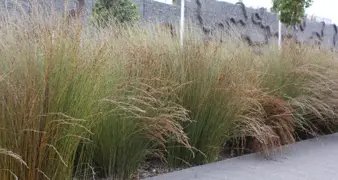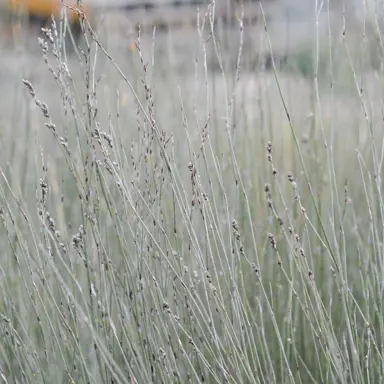What Are Some Landscape Design Ideas For OiOi?
OiOi owe their popularity to not just their aesthetics, but also to their versatility. They are commonly mass planted on banks, used to border paths, or grown where other plants often struggle, such as wet areas. They are well suited to planting around living areas, pool, and barbecue areas where they provide interesting texture. The foliage is fantastic for providing elegance to a planting in a non-dominating manner. The Plant Company often uses them as a foundation planting at the base of short walls, or in mass plantings. They can be included in most garden styles with ease and make for a pleasant addition.









































